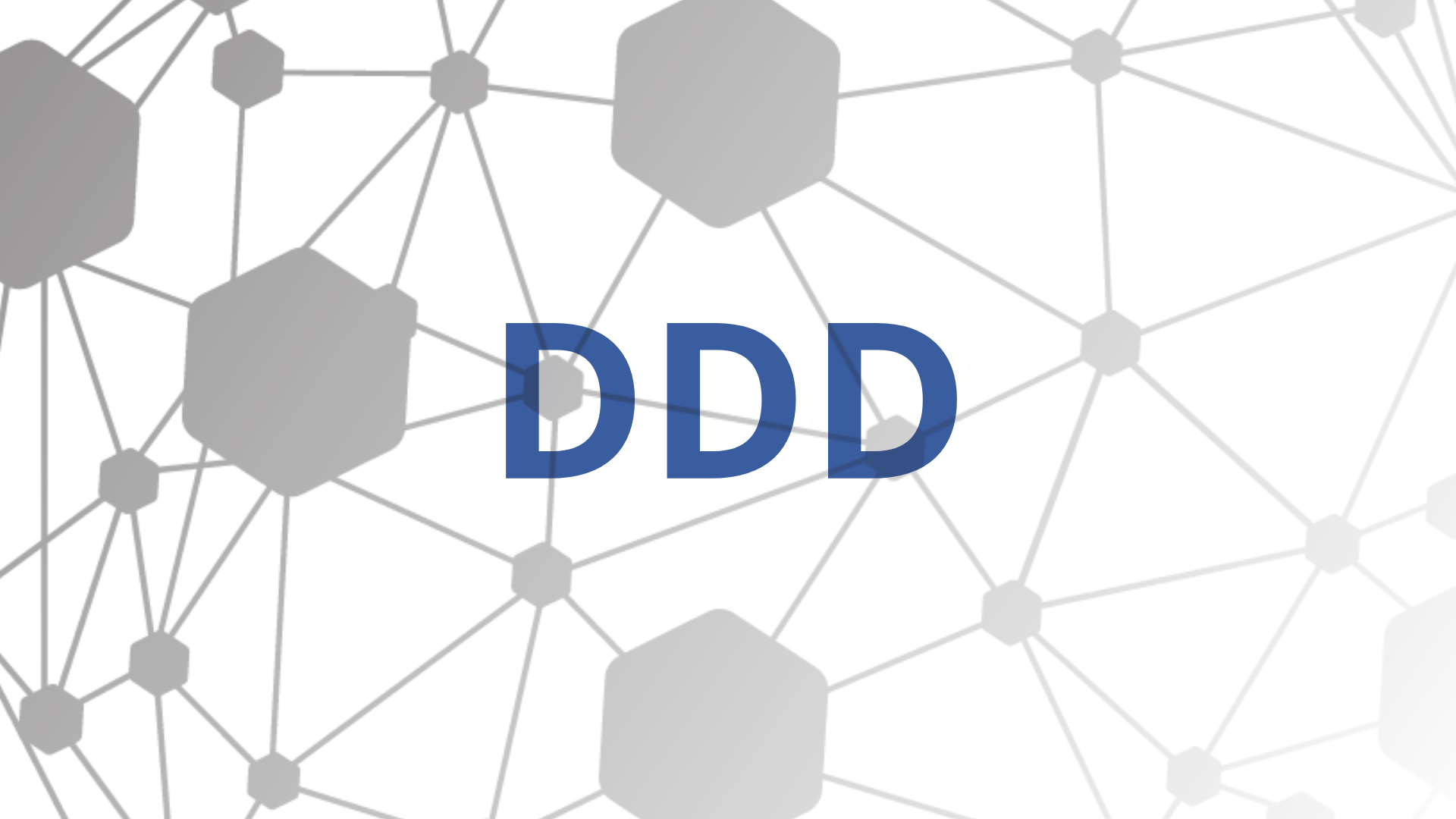Briefly about the course
A 3-day course designed for both cross-functional teams and individual participants working in digital product development or internal business software for complex workflows. This course aims to help participants understand how Domain-Driven Design bridges the gaps between product development, business strategy, and software architecture. At the same time, they gain hands-on experience with DDD’s principles, tools, and methods.
The course blends theory with practical exercises, collaborative modeling sessions, and real-world examples. Each day combines interactive lectures, hands-on workshops, and group discussions to ensure immediate applicability of the concepts. It can be delivered on-site or remotely.
The course is delivered by experienced consultants with deep knowledge of Domain-Driven Design, agile software architecture, and organizational design. All instructors are active practitioners who bring examples from real client projects to illustrate the principles taught.
Content
- Navigate business complexity with Ubiquitous Language and establish a shared domain vocabulary
- Decompose software solutions into clear Bounded Contexts, forming a foundation for both software architecture and team structure
- Build a shared domain understanding through visual modeling and discovery methods
- Connect software and teams using Context Mapping patterns (system communication) and Team Topologies (team interactions)
- Design Domain Models using tactical DDD patterns that make business rules explicit and testable
- Put DDD to work through hands-on workshops and exercises
Agenda
Day 1: Domain Understanding and Shared Vocabulary
Building great software starts with a deep understanding of the domain and a shared terminology to describe it. Day 1 focuses on:
- Why DDD? Introduction to the core principles of Domain-Driven Design
- Ubiquitous Language – how to establish a shared understanding between business and development.
- Bounded Contexts – structuring business complexity into independent contexts to minimize misunderstandings and improve communication
- Big Picture EventStorming – a visual discovery method used to map and analyze complex user journeys and business processes
Day 2: Strategic DDD – From User Needs to Strategic Architecture
Creating valuable software begins with understanding how user needs drive solutions. Day 2 covers:
- User Needs Mapping – identifying user needs and aligning them with business value to guide solution design.
- Subdomain Classification – determining where to invest most in modeling: Core, Supporting, or Generic subdomains.
- Context Mapping patterns – modeling how Bounded Contexts collaborate and structuring dependencies to reduce coupling and ease maintenance.
- Team Topologies & Socio-Technical Design – how organizational structure, architecture, and conversation design interact to balance solution quality with human motivation and well-being.
- Hands-on User Needs Mapping & Context Mapping.
Day 3: Tactical DDD – From Domain Models to Software Architecture
Tactical DDD structures and encapsulates domain logic to ensure testability, changeability and adaptability as the business context evolves. We cover:
- Core patterns in Tactical DDD – how Entities, Value Objects, Aggregates, Domain Events, etc. organize business rules into a coherent Domain Model
- Domain-Driven Architecture – how architectural styles (modular monolith, microservices…)can integrate domain models without exposing implementation details
- Design-Level EventStorming – an interactive method to map domain logic, identify reusable building blocks, and facilitate conversations between IT and business
- From Theory to Practice – how DDD can be used as a process model to design new systems (greenfield) or modernize existing ones (brownfield)
Tailoring
The course can be customized or expanded to meet your specific needs. We also offer extended modules on:
- Refactoring to DDD – applying patterns and heuristics to modernize existing architectures
- Domain-Driven Data & Data Mesh – structuring data around business domains and distributed data ownership
- Behavior-Driven Development (BDD) – how collaborative test design combined with Ubiquitous Language and CI/CD enables continuous adaptation of business logic in parts of the solution without compromising the rest of the system
- Applying Team Topologies in Your Organization – Adapt team structures and solution boundaries to align with business goals and domain strategy
- DDD & Agile Methods – integrating domain discovery into backlog refinement, user stories, and sprint planning
- Wardley Mapping – how strategic positioning and evolution of domains informs product decisions, roadmaps, and architecture
Prerequisites
Participants should have experience with software development and an interest in improving collaboration between business and tech. Familiarity with agile methods, object-oriented design, and software architecture is helpful but not required.
Target Audience
This course is ideal for software engineers, architects, product owners, and domain experts working in organizations facing complex business domains. It is particularly valuable for cross-functional teams aiming to align business and technical perspectives through collaborative modeling and decision-making.
After the course, the participant can
- Apply Ubiquitous Language to align software and team design around a shared understanding of complex business domains
- Engage peers in broader strategy and product conversations to link work to value Identify aBounded Contexts to structure software and team boundaries effectively
- Use collaborative modeling techniques like EventStorming to share domain knowledge and innovate on new ideas
- Design explicit Domain Models with tactical patterns such as Entities, Value Objects, and Aggregates
- Draw Context Maps to connect subsystems and teams into coherent products and workflows
- Connect domain-driven principles with organizational design, leveraging Team Topologies, Systems Thinking and Sociotechnical Theory
- Employ Domain-Driven Design in both greenfield context and legacy modernization to improve maintainability and reduce cost of change

